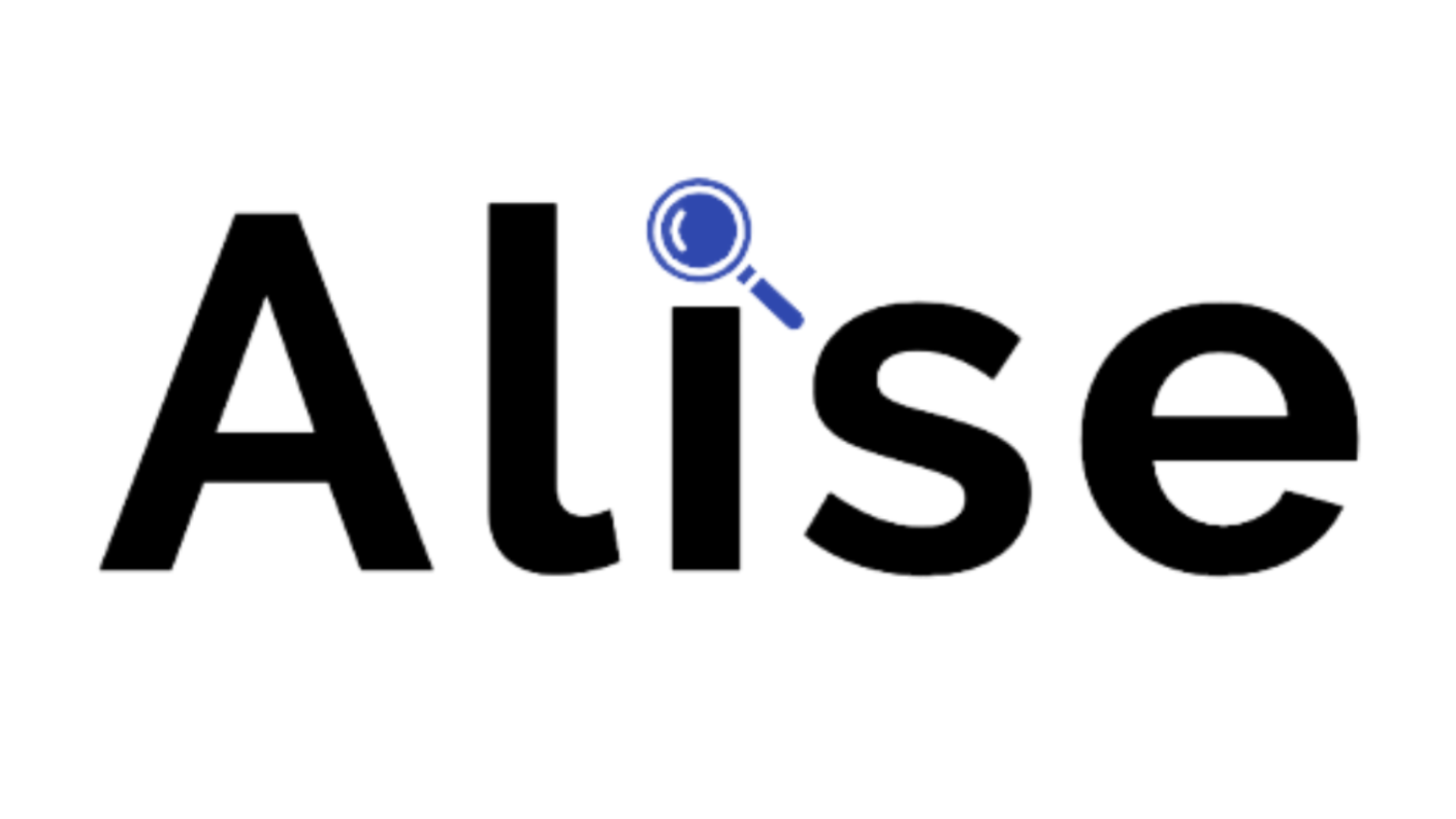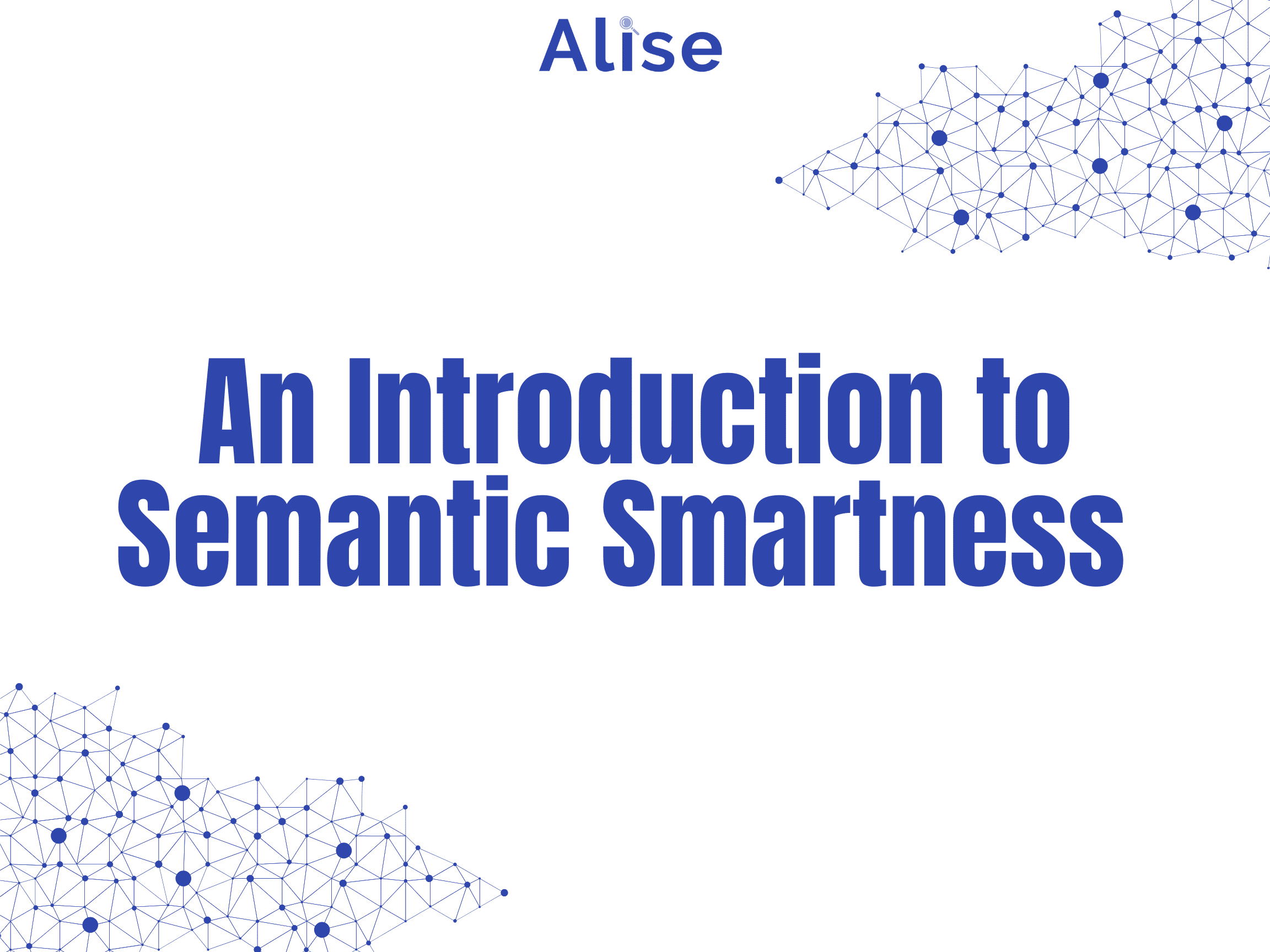Computing devices have become our constant companions — at work and in our personal lives. Most of our communication now happens in digital environments like email, messaging apps, or social media. We record videos, take photos, and share files daily. From calendar invites to financial transactions, nearly everything we do leaves a digital footprint.
We use all kinds of devices — phones, laptops, company servers, and cloud platforms — to create, access, and store information. As a result, our data is scattered across countless systems.
Over time, storing data has become just as important as computing itself. With storage getting cheaper and more accessible, people and organizations have developed a habit of saving everything — just in case it might be useful later.
But with this explosion of data comes a new challenge: how do we manage, search, and make sense of it all?
That’s where metadata — information that describes data — comes in. Metadata helps us organize and retrieve information, but doing it efficiently requires the right infrastructure: solid data models, metadata frameworks, and smart access methods.
Since the late 1970s, hierarchical file systems have been the default way to store and manage information. They let users organize files into folders and subfolders — a simple, intuitive method that has stood the test of time. However, while file systems are great at storing any type of data, they don’t actually understand what that data means.
Modern systems let us add annotations or tags to files, but there’s no shared understanding of what those annotations mean. This lack of semantic consistency makes it hard to exchange data between systems or build applications that truly “get” the content they handle.
Enters Semantic Web technologies. The Resource Description Framework (RDF) — a core standard of the Semantic Web — provides a graph-based model that connects pieces of information through meaning and relationships.
Just as the web evolved from a “web of documents” to a web of data and things, information technology is evolving too. We’re moving from piles of isolated files to interconnected networks of meaningful information — semantic webs that help systems understand context, not just content.
To bridge this transformation, AL!SE combines the strengths of both worlds — semantic web principles and traditional file system structures — into a unified information model.
This expressive data model provides a common foundation for applications to store, manage, and connect data more intelligently.
In short, AL!SE helps organizations make the leap from storing information to truly understanding it.




No responses yet